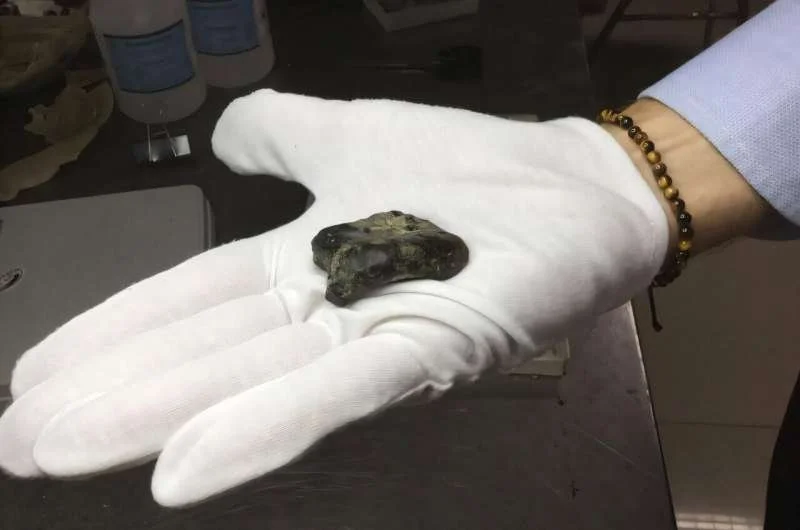Bastet, one of the most revered deities in ancient Egyptian mythology, embodied the dual nature of nurturing protector and fierce defender. As a feline goddess, Bastet symbolized fertility, domesticity, and the safeguarding of homes, while also wielding a powerful aspect as a warrior against chaos and evil.
Bastet’s Role and Symbolism
Bastet was commonly depicted as a lioness or a woman with the head of a cat. Initially, she was worshipped as a lioness goddess of war, much like the more aggressive Sekhmet. Over time, her image softened into that of a domestic cat, reflecting her association with home life, fertility, and motherhood. Cats were highly valued in Egyptian households for their ability to protect food stores from pests, and Bastet's feline form became synonymous with these protective qualities.
Bastet was also seen as a goddess of music, dance, and joy. Inscriptions and artifacts often depict her holding a sistrum, a musical instrument linked to celebrations and religious rituals. As a symbol of fertility, Bastet was believed to bless women with children and safeguard them during childbirth.
Protector of Homes and People
Bastet's role as a protector extended beyond the household. She was believed to guard against evil spirits, disease, and misfortune. Amulets bearing her likeness were worn to invoke her protection, and her worshippers would place statues of Bastet in their homes to ward off harm.
Her most significant cult center was in the city of Bubastis (Per-Bast in Egyptian), where a grand temple was dedicated to her. Bubastis became a major pilgrimage site, especially during her annual festival, which drew thousands of celebrants who honored her with music, dance, and feasting.
Legacy and Influence
Bastet’s influence extended well beyond ancient Egypt. Her image endured in Egyptian art, and her role as a protector resonated with later cultures. Modern depictions of cats as symbols of mystery and independence can trace their roots back to Bastet’s ancient legacy.
In essence, Bastet’s dual nature as both nurturing guardian and fierce protector made her a beloved figure in Egyptian mythology. Her worship underscored the Egyptians’ deep reverence for cats and their understanding of balance — the intertwining of gentleness and strength, domestic tranquility and ferocious defense.
Bastet’s legacy continues to captivate the imagination, reminding us of the enduring power of myth to shape culture and belief.







